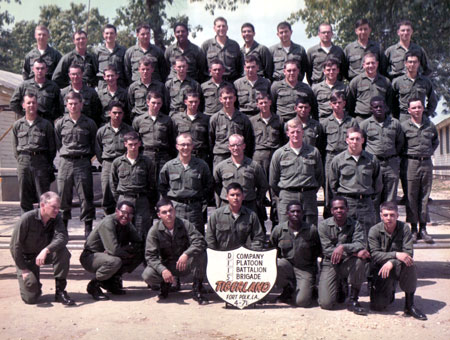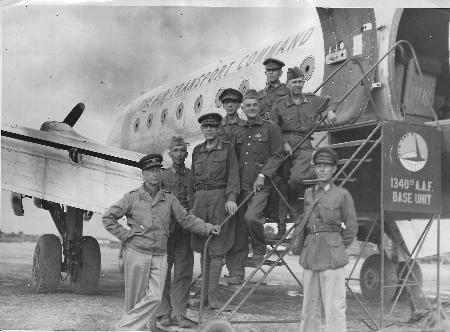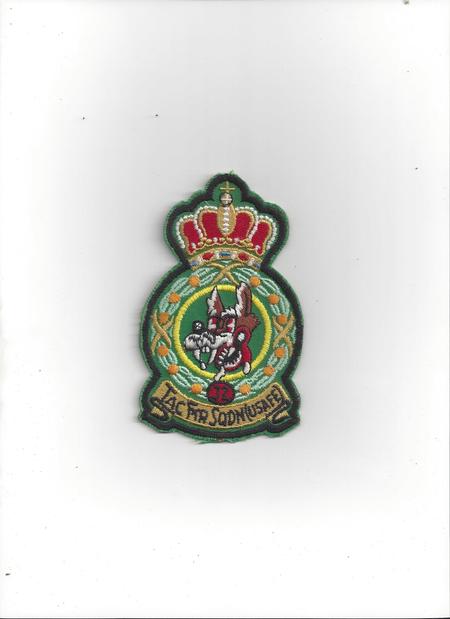ABOUT Erlang er, Germany 26 Infantry - Ferris Barracks
- Origins in Bavaria: The 26th Infantry Regiment, known in German as "Infanterie-Regiment Erlangen," was formed in Bavaria and had strong regional ties to the Franconian town of Erlangen.
- Ferris Barracks: Ferris Barracks, located in Erlangen, Germany, was originally built for the German Army before World War II but was later used extensively by U.S. forces during the Cold War.
- World War I Service: The 26th Infantry Regiment fought in World War I as part of the Bavarian Army, seeing action on both the Western and Eastern Fronts.
- World War II Reformation: The regiment was re-formed and saw service as part of the German Wehrmacht during World War II, participating in major campaigns across Europe.
- Post-War U.S. Occupation: After WWII, Ferris Barracks was taken over by the U.S. Army and named after Second Lieutenant Geoffrey Ferris, who was killed in Tunisia in 1943.
- Cold War Hub: Ferris Barracks became a critical NATO base during the Cold War, housing various U.S. Army units, including the 4th Armored Division and later the 1st Armored Division.
- Community Integration: The presence of U.S. forces at Ferris Barracks had a significant impact on the local community, fostering German-American relations and cultural exchanges in Erlangen.
- Deactivation and Closure: The barracks were officially closed in the 1990s following the drawdown of U.S. forces in Europe after the end of the Cold War.
- Historic Buildings: Several of the original German military buildings at Ferris Barracks, including the iconic main gate, have been preserved and repurposed for civilian use.
- Military Reunions and Memorials: Both former German and American soldiers who served at Ferris Barracks continue to hold reunions in Erlangen, commemorating the site's unique military history and international legacy.




